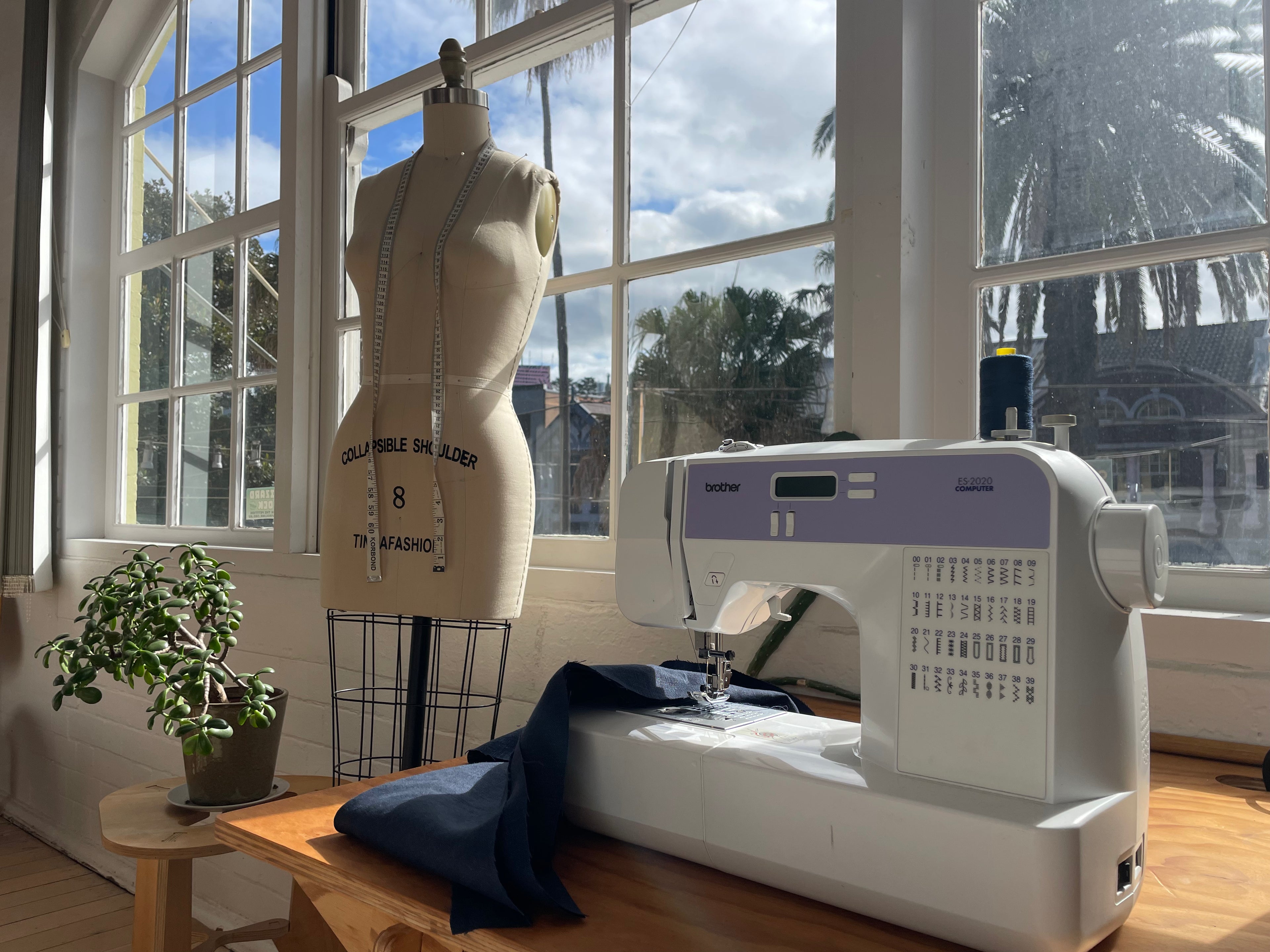
SEWING BRAIN
Sewing is often viewed as a creative hobby or practical skill, but mounting scientific evidence suggests it also provides significant cognitive, emotional, and neurological benefits.
Sewing improves Neuroplacticity
We are here to encourage you to finish your sewing projects to get that DOPAMINE! At Sewing Brain, the goal is to encourage everyone to use sewing as a cognitive activity that supports neuroplasticity and helps build new pathways in the brain. This in turn, builds CONFIDENCE which improves standard of living, no matter the life circumstances you've experienced. Everyone can make life better for themselves, and enjoy the process!
Sewing involves a complex interplay of planning, pattern recognition, spatial reasoning, and problem-solving. These functions engage multiple brain regions, particularly the prefrontal cortex and parietal lobes. Engaging in such goal-directed activities has been shown to enhance cognitive flexibility and working memory (Noice & Noice, 2009).
Menopause Brain-Fog & Sadness
Menopause is often accompanied by mood swings, anxiety, sleep disturbances, cognitive fog, and decreased self-esteem. Confidence-building activities like sewing can provide structure, focus, and emotional 'build', helping women manage these symptoms holistically.
A 2022 study published in Menopause: The Journal of the North American Menopause Society found that engaging in sewing significantly reduced perceived stress and improved mood in perimenopausal and menopausal women. Participants who engaged in activities such as sewing reported improved emotional regulation and reduced feelings of sadness.
One anecdotal example includes Clare Hunter, author of Threads of Life, who detailed how sewing helped her navigate the emotional turbulence of menopause. She described stitching as a meditative practice that helped her process emotions, reduce anxiety, and reconnect with her sense of self (Hunter, 2019).
"Sewing gave me back control over something when everything else—my hormones, my emotions—felt like chaos."
— Clare Hunter, author of Threads of Life
Adult ADHD & Complex PTSD
The tactile and visual input from fabric and thread can be grounding and soothing for those diagnosed with ADHD or CPTSD, plus the repetitive motions of stitching can have a meditative effect, helping to calm hyperactivity or racing thoughts.
Plus! Breaking down the steps to very small tasks can help with the feeling of being overwhelmed and giving up, we know you can only do so much in a day, and want to encourage to persist at a slowed-down pace to build longevity, and eventually, more confidence.
So... what is this website?
We sell A4 PDF sewing patterns for you to download and print at home (or purchase the A0 version to print at a printing company) with easy-to-follow descriptions to show you how to cut out correctly. Plus, you only buy the size you need, so there is no confusing, multi-size lines.
With over 12 years of teaching adults & kids the wonderful skill of sewing, these pattern have been carefully crafted to assist everyone to push past the scary first steps of cutting out the correct piece and onto the more fulfilling part of sewing, which in turn assists your brain to improve Neural pathways. This is essential when going through peri-menopause, menopause, recovering from a stroke or Traumatic Brain Injury.
Why Sew?
Completing a project gives a dopamine boost, which can be especially important for people with ADHD or CPTSD who often have a dopamine deficiency in the brain's reward pathways.
Whilst sewing has become a much more expensive activity, the benefits to the cognitive function of the brain, far outweighs the price of silk! As well as giving hope to those losing confidence from cognitive decline, sewing your own clothing also assists with reducing fast fashion demand, and helping our planet recover from the huge damage from the fashion industry. Reduce, repurpose and re-calibrate!